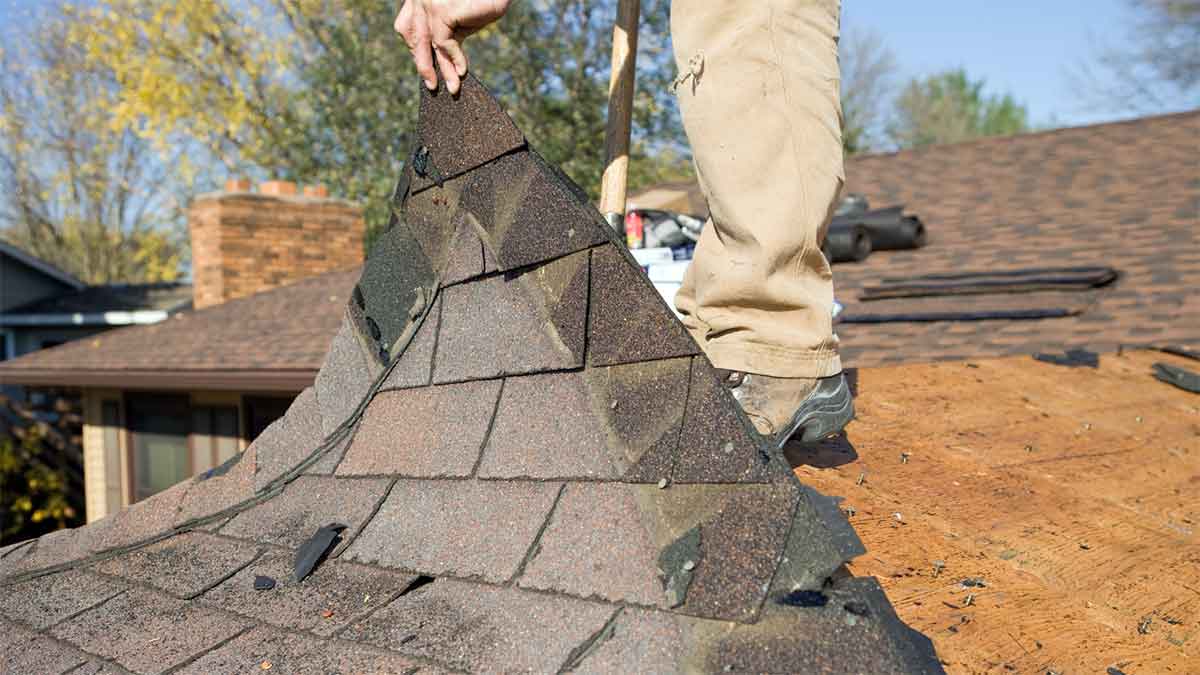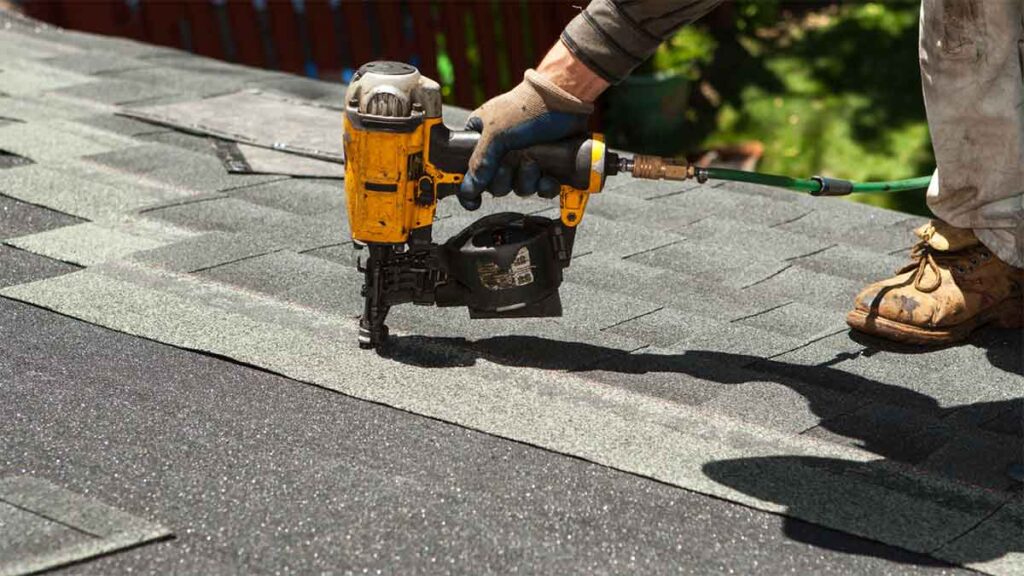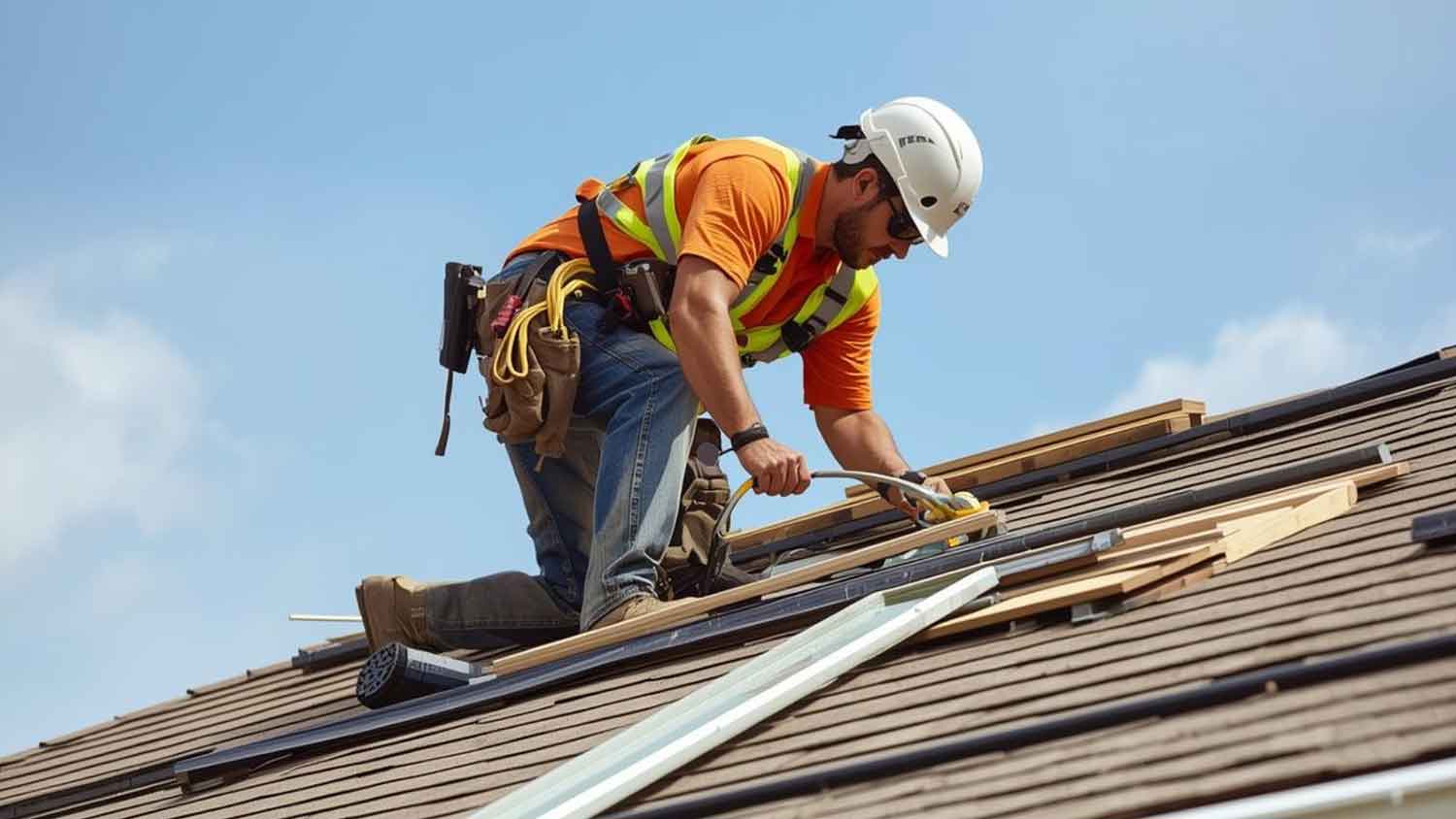A leaking or damaged roof can cause severe stress. Water damage, mold growth, and rising energy bills are just a few problems with an aging or failing roof. If you’re worried about how much it will cost to replace your roof, you’re not alone. Many homeowners hesitate to take action because they’re unsure of the price or how to find reliable professional roof replacement services.
That’s why, to provide guidance, we’ll break down the real roof replacement cost in this blog. You’ll learn about the key factors that impact pricing, different material options, and what to expect when hiring a contractor. Understanding these details will help you budget effectively and make the right decision for your home.
The Importance of Roof Installation and Knowing Its Cost
A well-installed roof protects your home from the elements and enhances its overall value. If your roof is not correctly installed or maintained, you could face costly repairs in the future. Knowing the cost of replacement upfront helps you plan and avoid unexpected expenses.
Here’s why roof installation and understanding its cost matter:
- Structural Protection: A strong roof prevents leaks, water damage, and foundation issues.
- Energy Efficiency: Proper insulation and ventilation reduce energy bills by keeping your home cooler in summer and warmer in winter.
- Property Value: A new roof boosts curb appeal and increases resale value, making it a worthwhile investment. Understanding how a new roof affects Orange County home appraisals and resale value helps you see the full financial benefits.
- Long-Term Savings: Choosing quality materials and a skilled contractor minimizes future repair and maintenance costs.
Knowing the cost of roof replacement allows you to set realistic expectations and choose the best solution for your budget and home. Recognizing 5 signs you need a roof replacement helps determine when the investment becomes necessary rather than optional.
Key Factors That Can Impact Your Roof Replacement Cost
Several factors influence how much you’ll pay for a new roof. Understanding these key elements helps you budget effectively and avoid unexpected expenses.
Roof Size, Shape, and Architectural Complexity
One of the biggest cost factors is the size of your roof. A larger roof requires more materials and labor, increasing the overall price. Roofing contractors typically charge per square foot, so homes with expansive rooflines or multiple levels will naturally cost more to replace. Even if two homes have the same total square footage, a complex roof shape can add costs due to the additional work required.
Architectural complexity also plays a role. Roofs with steep slopes, multiple valleys, dormers, or skylights require extra time and precision. Contractors need specialized skills and equipment to handle intricate designs safely. A simple, single-story home with a low-pitch roof is much easier and cheaper to replace than a multi-story home with a steep, irregularly shaped roof.
Material Selection and Quality Considerations
The type of material you choose significantly affects the cost of roof replacement. Basic asphalt shingles are the most affordable, while high-end materials like slate or metal cost significantly more. Each material has its lifespan, durability, and maintenance requirements, all of which impact long-term value.
Higher-quality materials generally last longer and require fewer repairs but come at a higher upfront price. Homeowners must weigh initial costs against long-term benefits. Understanding what is the most long-lasting roof material helps you make informed decisions about upfront investment versus lifetime value.
Investing in durable materials may save money in the long run, but budget-conscious homeowners may opt for more affordable options with shorter lifespans. Choosing the right material involves balancing cost, aesthetics, and performance.
Labor Costs and Contractor Selection
Labor costs vary depending on experience, location, and project complexity. A highly skilled roofing contractor will charge more, but their expertise ensures quality work. Hiring a licensed and insured contractor protects you from potential liabilities and costly mistakes.
Removing an old roof, preparing the surface, and installing new materials contribute to labor costs. Expect to pay more if your existing roof requires extensive repairs or structural reinforcement. While it may be tempting to choose the cheapest contractor, cutting corners can lead to poor installation and higher expenses down the road. Our budget-friendly advice from Orange County roof repair experts helps you find quality work at fair prices.
Hiring a professional who provides reliable work at a fair price is crucial for protecting your investment.
Geographic Location and Seasonal Timing
Where you live directly affects the cost of a roof replacement. Areas with a high cost of living tend to have higher labor and material prices. Climate conditions also influence roofing expenses. In regions prone to heavy snowfall, hurricanes, or extreme heat, homeowners may need specialized materials, which can increase costs.
Understanding the impact of Orange County microclimates on your roofing material selection helps local homeowners choose appropriate materials that perform well in specific conditions while managing costs effectively.
Seasonal timing matters, too. Roofing is a labor-intensive job, and demand fluctuates throughout the year. Peak seasons typically late spring through early fall often have higher prices due to increased demand. Scheduling your roof replacement in the off-season, such as late fall or early winter, might save you money. However, weather conditions could cause delays, so timing is key.
Budget-Friendly Roof Replacement vs Premium Roof Investments
Homeowners have different priorities when replacing a roof. Some prioritize affordability, while others focus on long-term durability and value. Choosing between budget-friendly materials and premium options depends on your financial situation and long-term goals.
Economy Solutions: Asphalt Shingles and Basic Materials
Asphalt shingles are the most cost-effective option for roof replacement. They are widely available, easy to install, and offer decent durability. The standard three-tab asphalt shingle is the cheapest, but architectural shingles provide better longevity at a slightly higher price.
Understanding the differences between architectural shingles vs traditional asphalt helps homeowners choose the right balance of cost and performance within the asphalt shingle category.
While asphalt shingles work well in most climates, they have a shorter lifespan than premium materials. Homeowners on a tight budget often choose asphalt because of its affordability. However, they should be prepared for potential repairs and replacements within 15 to 30 years. Asphalt remains a practical and economical choice if longevity isn’t a primary concern.
Mid-Range Options: Value-Oriented Materials with Better Durability
Mid-range materials are an excellent choice for homeowners who want to balance cost and durability. Options like metal roofing, wood shakes, and synthetic materials offer greater longevity without the high price of premium options.
Metal roofs, for example, cost more upfront but last significantly longer than asphalt. They are resistant to extreme weather and require minimal maintenance. Wood shakes provide a natural, attractive look but need regular upkeep to prevent moisture damage. These mid-range options offer a better return on investment for those willing to pay slightly more for long-term benefits.
High-End Investments: Premium Materials and Long-Term Value
Premium roofing materials, such as slate, clay tiles, and high-end metal, offer exceptional durability and aesthetics. They have a high initial cost but can last 50 to 100 years with proper maintenance. They also enhance property value, making them a worthwhile investment for homeowners planning to stay long-term.
Slate roofs, for example, are nearly indestructible and require minimal maintenance. Clay tiles are highly resistant to fire and extreme weather conditions. While these materials provide superior protection and longevity, they are heavier and may require additional structural support. Homeowners should ensure they can handle the weight before committing to premium materials.
Cost-Benefit Analysis of Different Roofing Approaches
Homeowners must weigh costs against durability, energy efficiency, and maintenance requirements. A budget-friendly approach saves money upfront but may lead to frequent repairs and earlier replacements. Investing in premium materials increases upfront costs but provides long-term savings and better protection.
Hiring a reliable contractor also impacts the value of your investment. A reputable contractor ensures proper installation, extending any roofing material’s lifespan. Poor workmanship can lead to leaks, structural damage, and costly repairs, making it essential to choose wisely. Balancing affordability and quality helps homeowners make smart, long-term decisions.
Making the Right Decision for Your Home and Budget: Final Considerations
Replacing a roof is a significant investment, and choosing the right approach depends on your budget, long-term goals, and your home’s specific needs. Understanding the factors influencing cost such as materials, labor, and location helps you make an informed decision.
Whether you opt for an affordable asphalt shingle roof or a premium slate upgrade, balancing cost, durability, and installation quality is key to maximizing value. Hiring a skilled contractor ensures proper installation, extending your roof’s lifespan and minimizing future expenses.
Preparing your home for a complete roof replacement helps you understand the full process and budget appropriately for all aspects of the project.
Planning and comparing options prevents overspending or settling for subpar materials. Getting multiple estimates, checking contractor credentials, and considering long-term maintenance costs help you stay within budget without sacrificing quality.
For Orange County homeowners, our Irvine roofing services and Garden Grove roof replacement specialists provide transparent pricing and quality workmanship tailored to local conditions.
A well-installed roof protects your home and improves energy efficiency and resale value. When dealing with insurance claims for storm damage, understanding insurance claims for roof damage helps maximize your coverage and minimize out-of-pocket expenses.
With the right choice, you’ll have a roof that lasts for decades while giving you peace of mind. When you’re ready to invest in quality roofing that protects your home and budget, Truecraft Construction provides transparent pricing, quality materials, and expert installation throughout Orange County.





